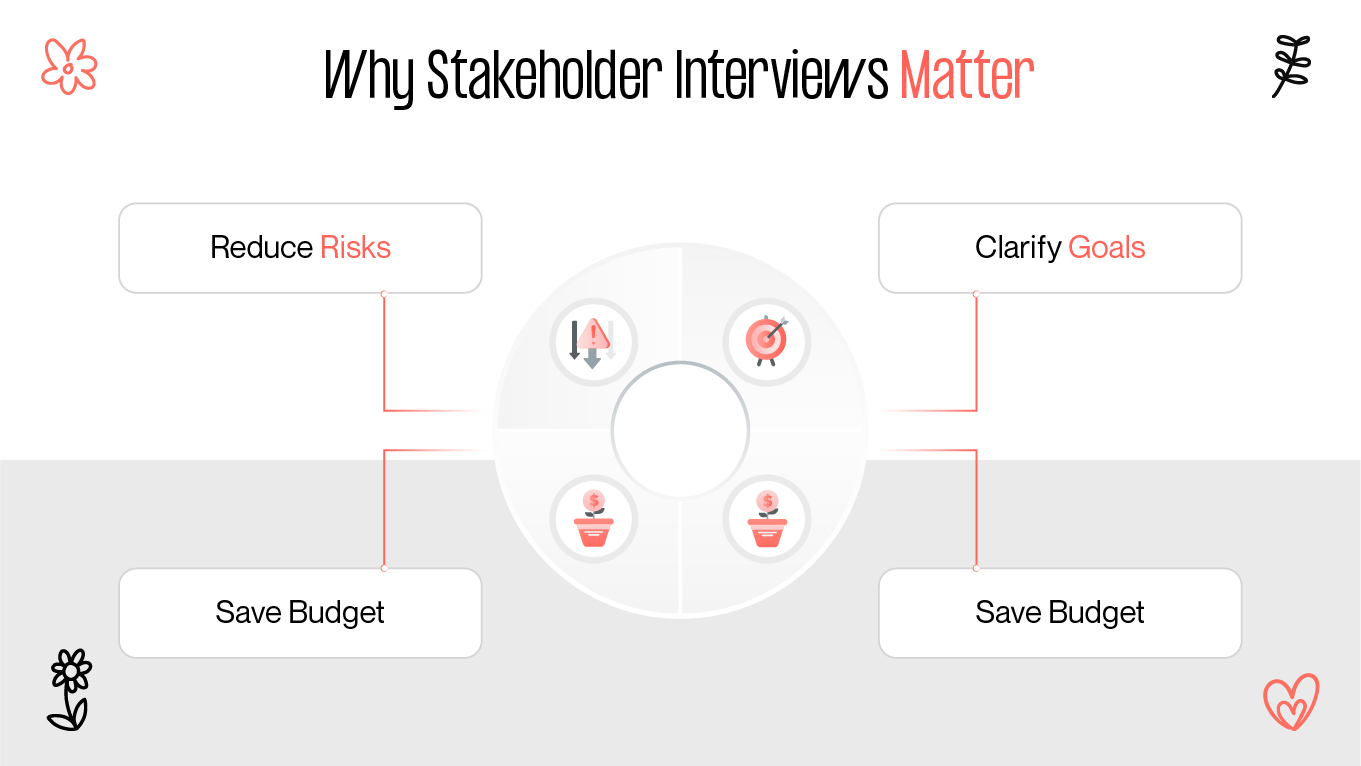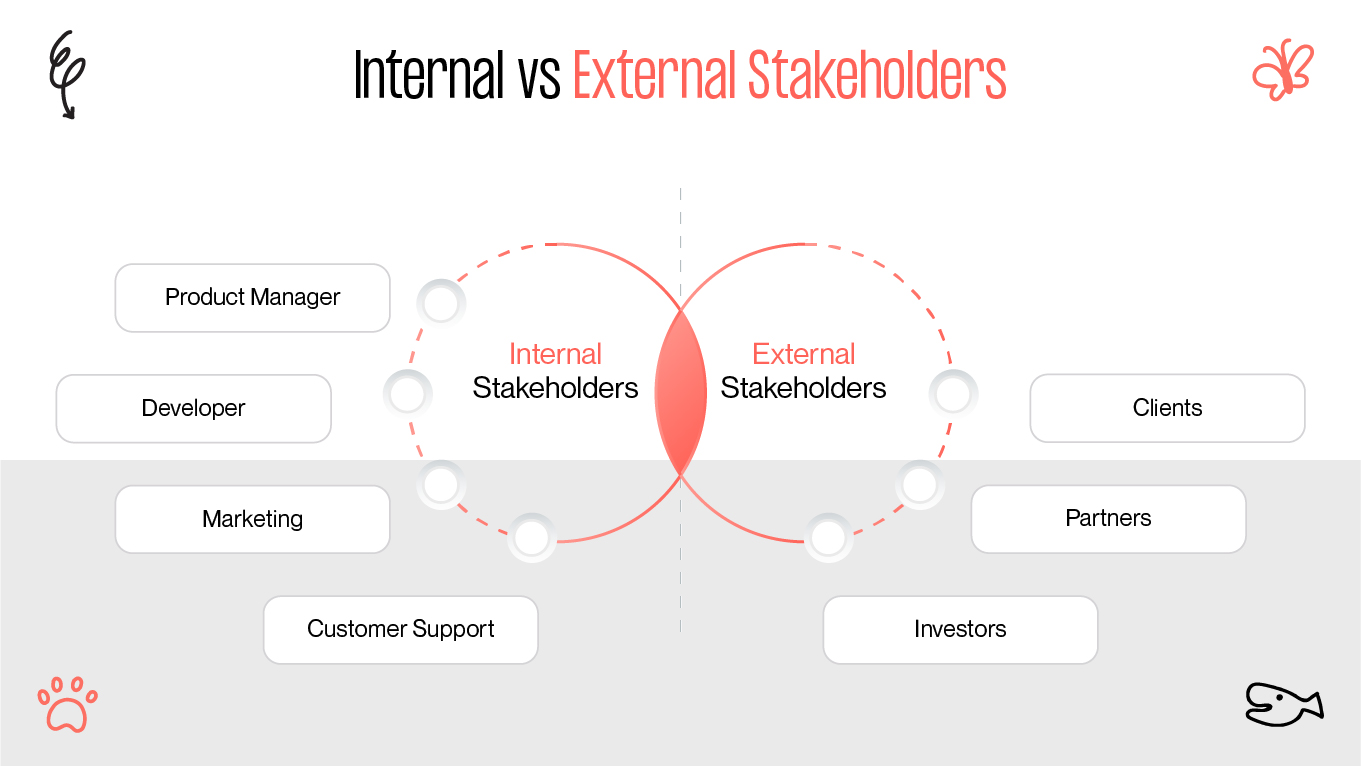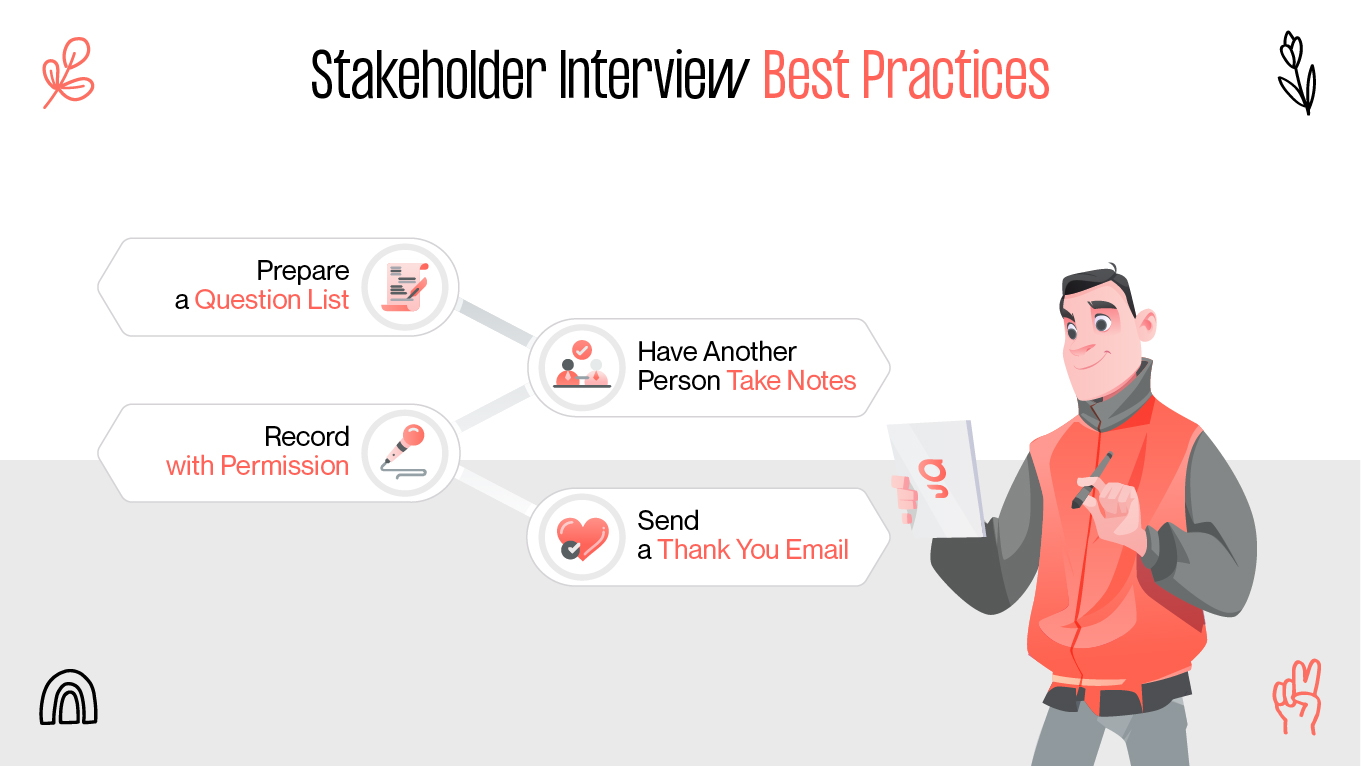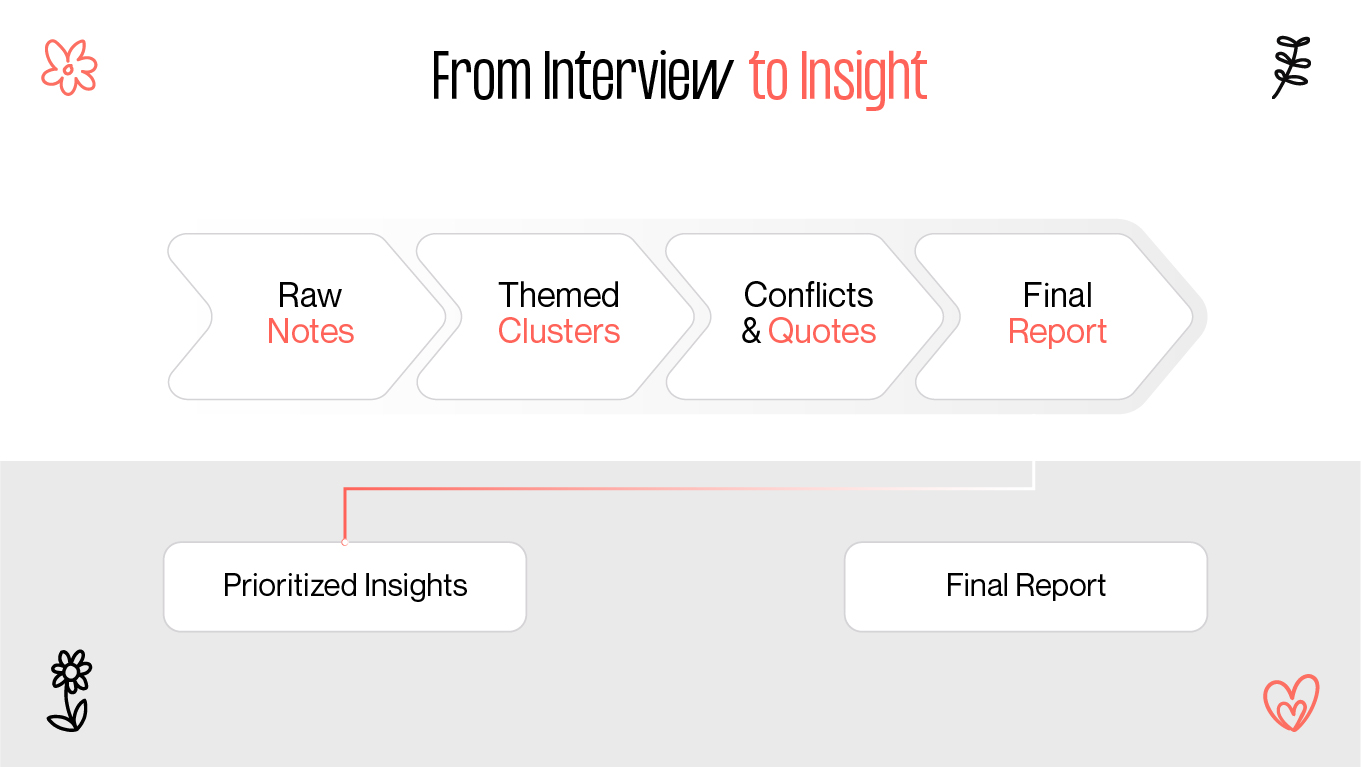Designing a great product is about more than just beautiful visuals — it’s about aligning your entire team with real business goals and user needs. A stakeholder interview is one of the most important UX research tools to make that happen.
When done well, it gives you a clear map of your project’s constraints, opportunities, hidden risks, and business context — before you even start designing screens.









